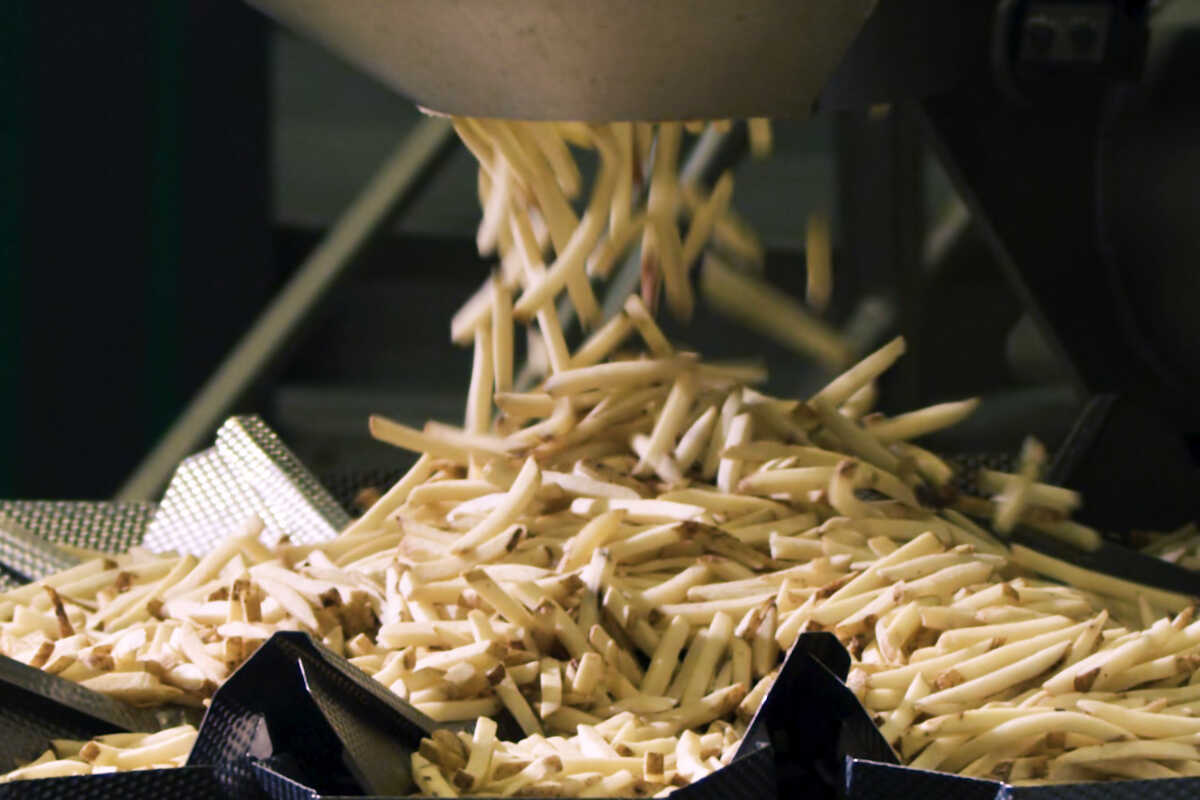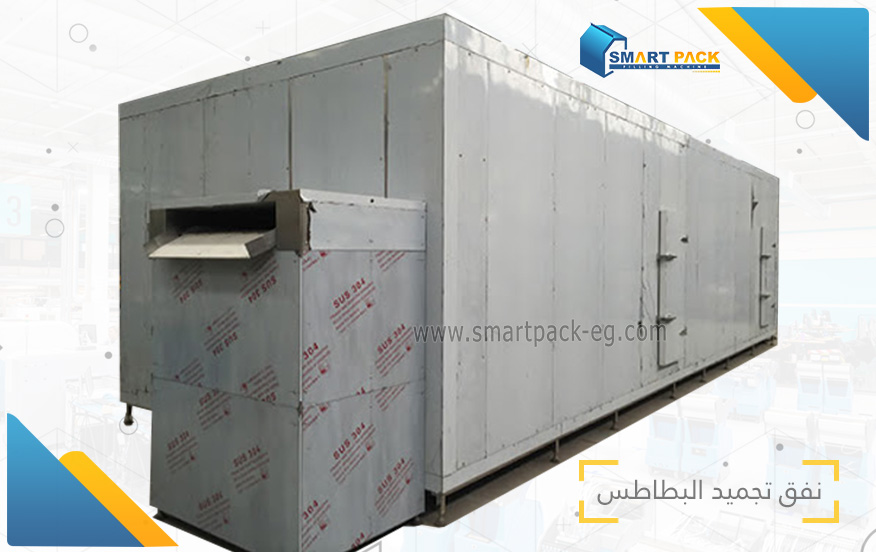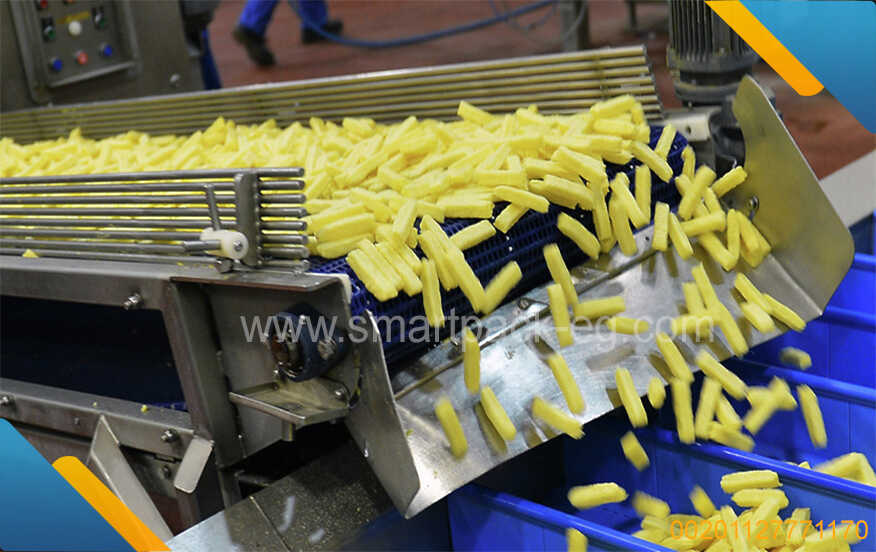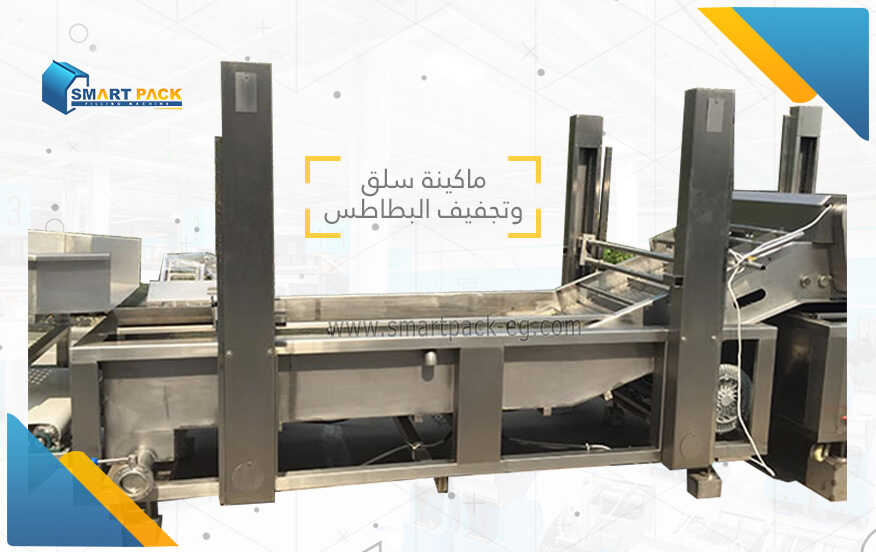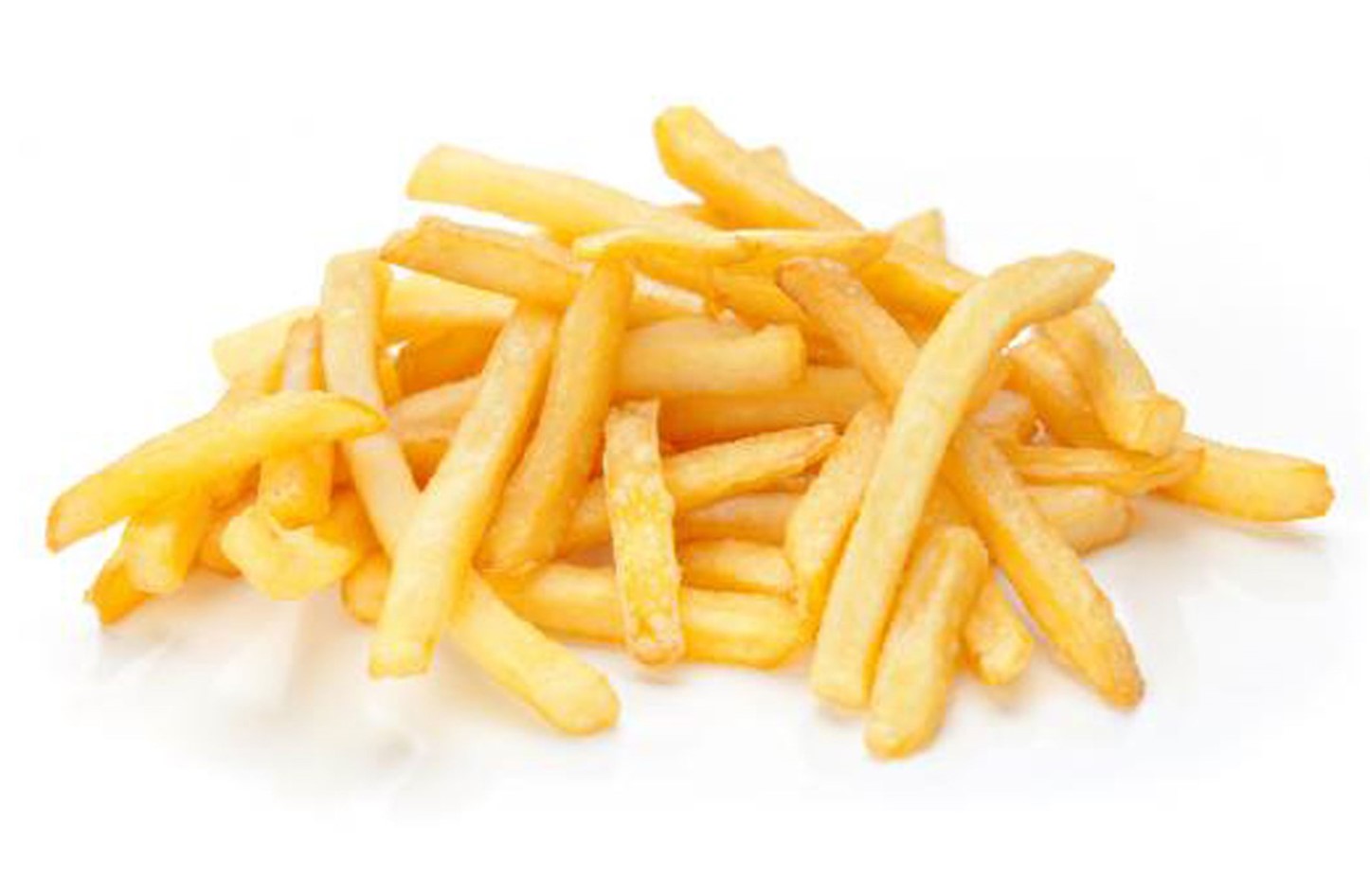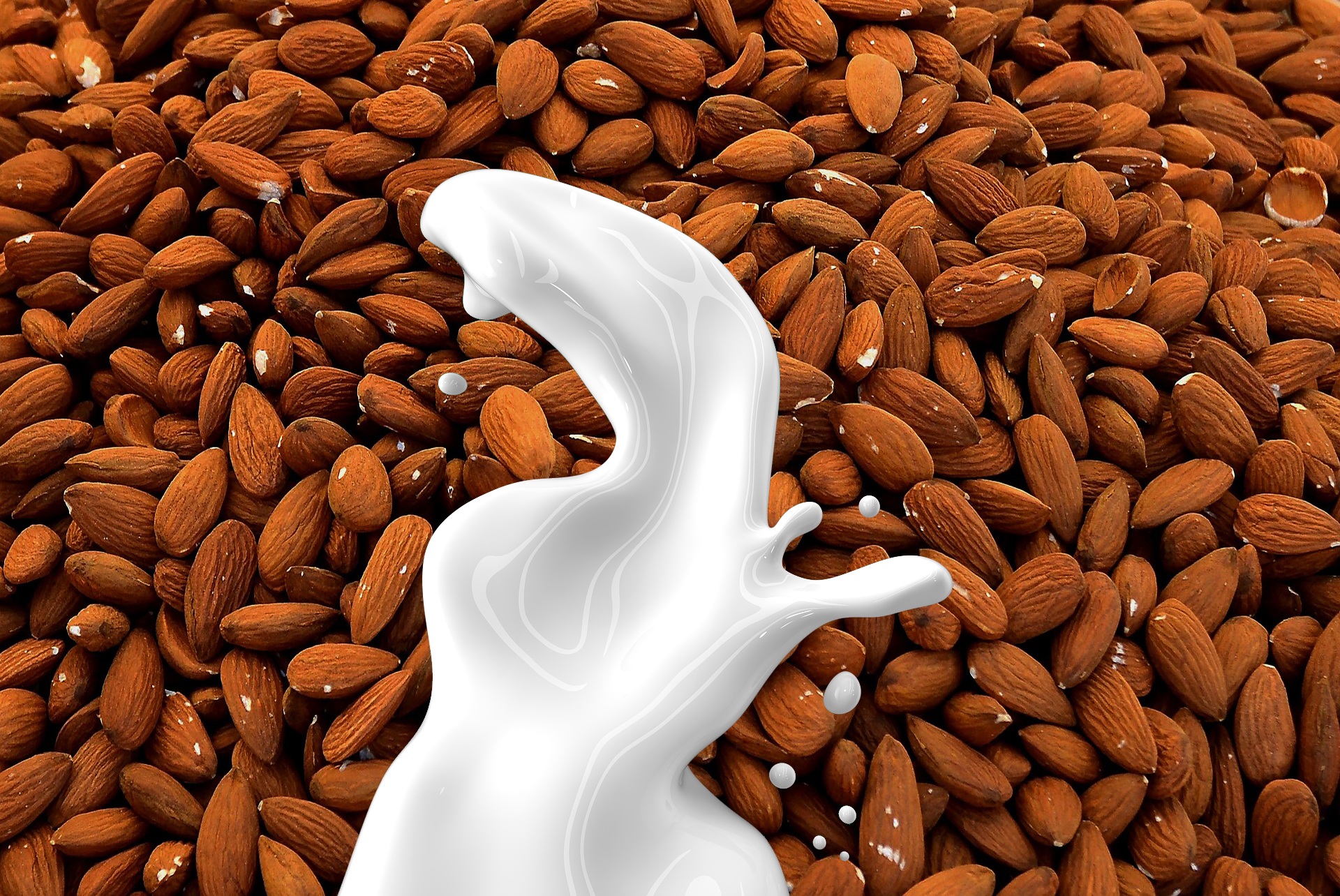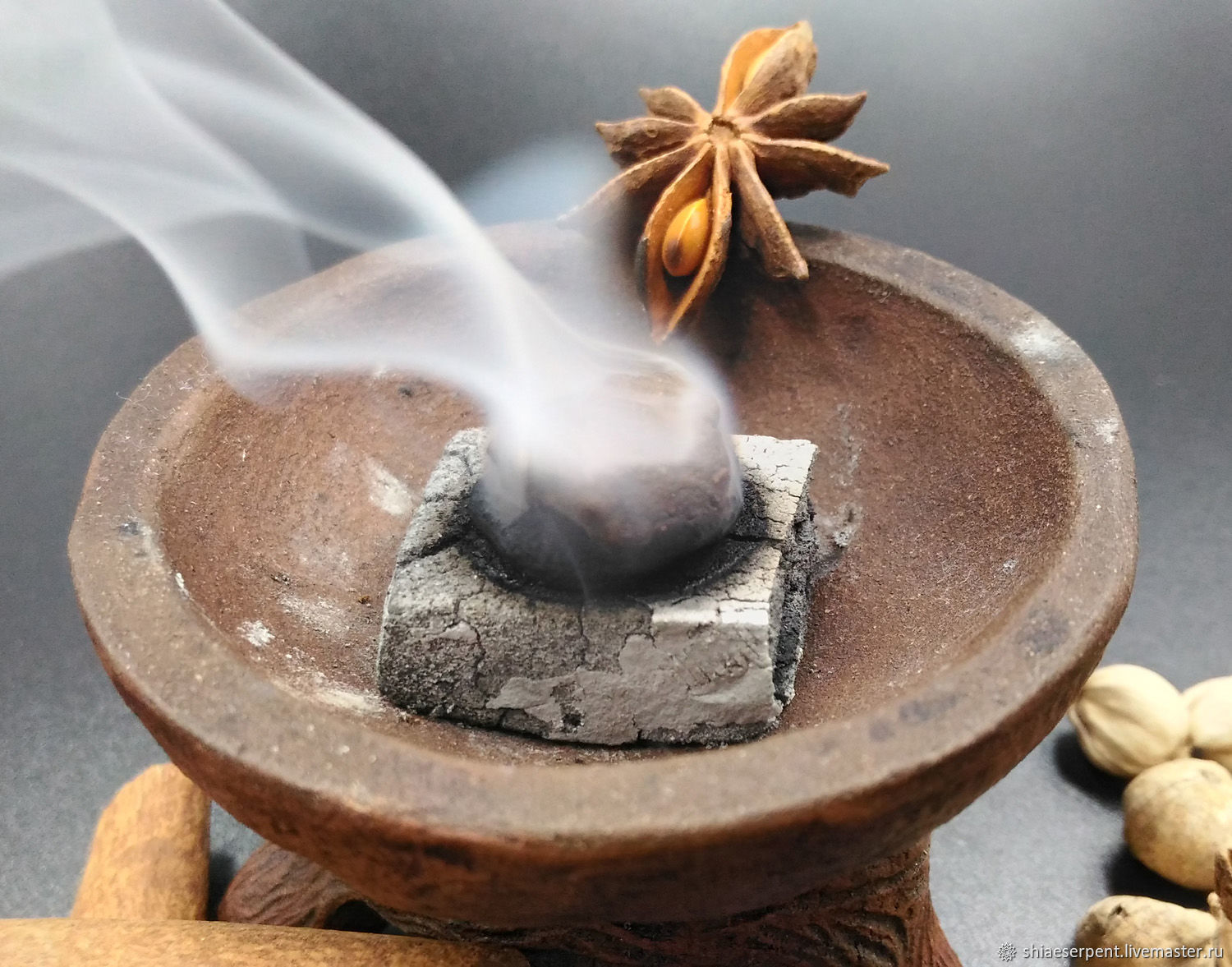How To Guide: Coffee Roasters and Mills Production Plant Machines
Introduction:
Coffee roasting and milling are crucial steps in the production of high-quality coffee beans. To ensure the best flavor, aroma, and consistency, it's essential to have the right machines in your production plant. In this guide, we will explore the different types of coffee roasters and mills, their components, and the processing methods involved. Let's dive in!
Types of Coffee Roasters:
Coffee roasters come in various sizes and designs, each with its unique features. Here are some common types:
-
Drum Roasters: These are the most traditional and widely used roasters. The beans are heated in a rotating drum, ensuring even roasting. Drum roasters offer control over temperature and airflow, enabling precise roasting profiles.
-
Fluid Bed Roasters: These roasters use hot air to roast the beans, suspending them in a fluidized bed. The advantage of fluid bed roasting is that it produces a cleaner taste and does not leave a smoky residue on the beans.
-
Hot Air Roasters: These compact roasters use forced hot air to roast the coffee beans. They are easy to use, require less maintenance, and are suitable for small-scale production.
Components of Coffee Roasters:
Understanding the essential components of a coffee roaster can help you make informed decisions for your production plant. Here are key components:
-
Roasting Chamber: It is the space where the beans are exposed to heat. The size and design of the chamber determine the roaster's capacity and the airflow efficiency.
-
Burner or Heating Element: This component generates heat required for roasting. Burners are commonly powered by gas, while electric roasters have heating elements.
-
Temperature and Time Controls: These features allow you to monitor and adjust the roasting temperature and time, ensuring consistent roasting results.
-
Cooling Tray: Once the beans reach the desired roast level, they need to cool down quickly to stop the roasting process. The cooling tray provides a controlled environment for this purpose.
Coffee Milling Equipment:
To transform roasted beans into various grind sizes, coffee milling machines play a vital role. Here are two common types:
-
Burr Grinders: These are preferred for their precision and consistency. Burr grinders use two revolving abrasive surfaces to crush the beans, producing evenly sized particles. They are available in both conical and flat burr designs.
-
Blade Grinders: Blade grinders use a rotating blade to chop the beans into uneven pieces. While they are more affordable, the resulting particle size may vary, affecting the flavor extraction during brewing.
Milling Process:
The milling process includes grinding the roasted beans into the desired particle size. Here's an overview of the steps involved:
-
Loading: The roasted beans are loaded into the hopper of the milling machine. Ensure that the hopper is clean and free from any residual beans or foreign particles.
-
Adjusting the Grind: Set the grinder to achieve the desired particle size. Different brewing methods require specific grind sizes, so ensure accuracy based on your intended use.
-
Grinding: Start the milling machine and allow it to grind the beans for the required duration. Pay attention to the consistency of the grind throughout the process.
-
Collecting: Once the beans are ground to the desired size, collect the coffee grounds into containers or bags, ensuring cleanliness and appropriate storage conditions.
Conclusion:
Investing in the right coffee roasters and mills is crucial for consistent quality and flavor in coffee production. Consider the type of roaster, the components, and the milling process when setting up your production plant. By understanding these elements, you can optimize the roasting and milling processes, resulting in exceptional coffee for your customers to enjoy. Happy brewing!

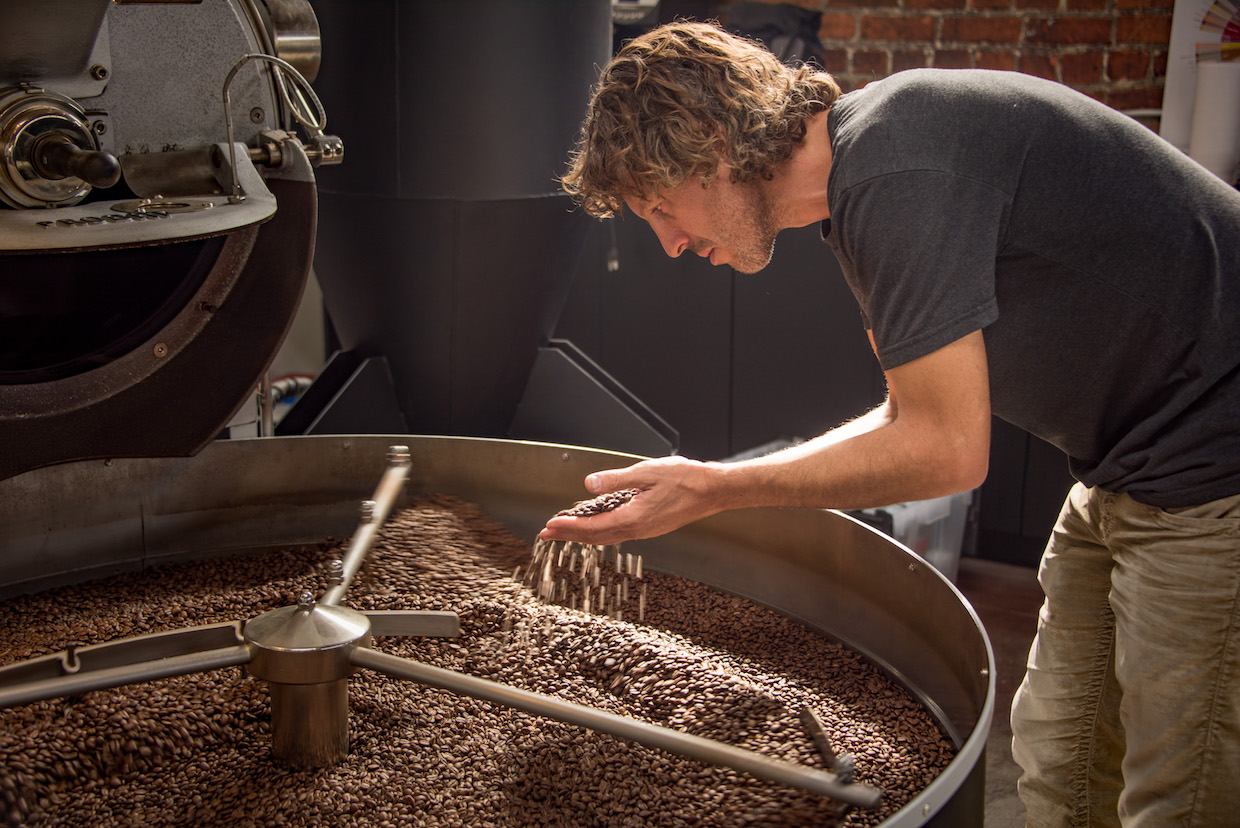
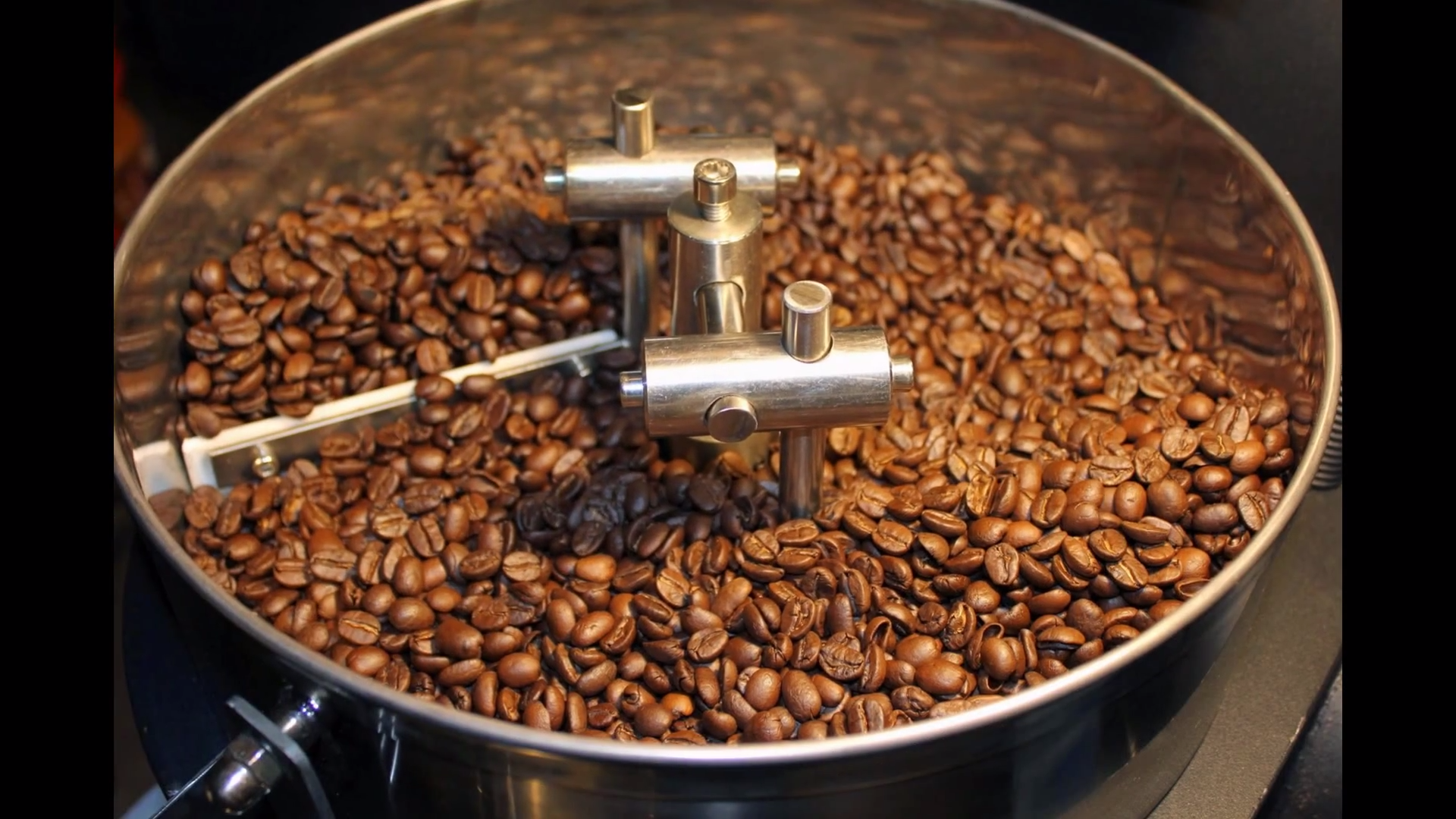
 Admin
Admin 